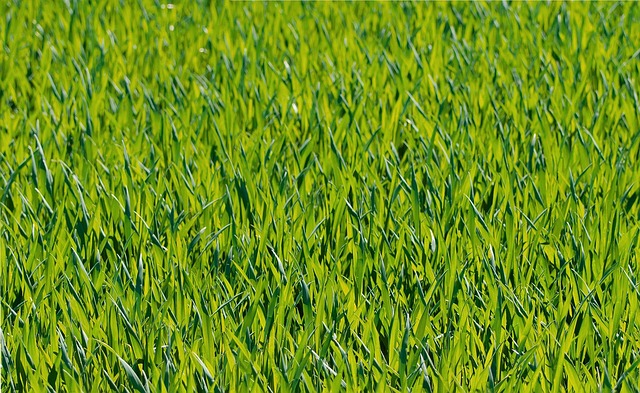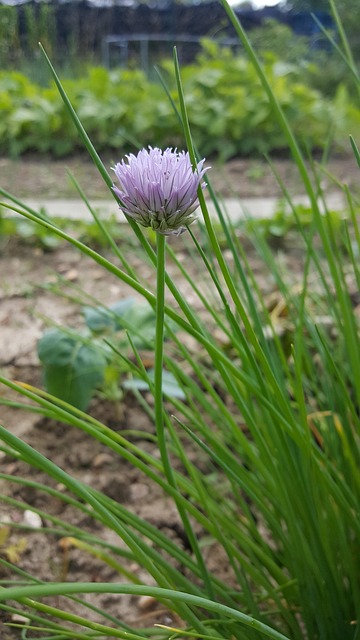Vegetation management for utility easements in Castle Pines is crucial for maintaining infrastructure integrity and public safety. Using sustainable biological treatment strategies, like selective herbicide application, controlled burning, and beneficial insect introduction, authorities can minimize chemical use while preventing damage to critical utilities. These methods promote biodiversity, reduce natural disaster risks, and ensure a healthier local ecosystem. In Castle Pines, competitive plant introductions and beneficial organisms control grass growth, outcompeting invasive species, and enhancing ecological balance. This eco-friendly approach offers cost savings, safer passage for essential services, and resilient landscapes that require less future maintenance.
In the vibrant community of Castle Pines, maintaining lush and well-managed spaces is paramount. This includes utility easements, which often face unique challenges due to their high visibility and accessibility. Understanding effective vegetation management strategies is crucial for preserving the aesthetic and functional integrity of these areas. This article explores biological treatment techniques for controlling weeds in utility easements, focusing on Castle Pines as a case study, showcasing the implementation and benefits of these eco-friendly methods.
- Understanding Vegetation Management in Utility Easements
- Biological Treatment Strategies for Effective Weed Control
- Implementation and Benefits for Castle Pines Community Spaces
Understanding Vegetation Management in Utility Easements

In the context of Castle Pines and other urban areas, vegetation management for utility easements is a critical component of maintaining infrastructure integrity and ensuring public safety. Utility companies rely on clear access to underground lines, cables, and pipes, which are often protected by easements. Effective vegetation management involves a strategic approach to controlling unwanted plants and trees within these designated areas. It’s not just about removal; it’s a balanced ecosystem management strategy that considers the needs of both the community and the utilities.
By implementing biological treatment strategies, such as selective herbicide application, controlled burning, or introduction of beneficial insects, local authorities and utility providers can achieve sustainable vegetation control. These methods prioritize environmental safety while minimizing the reliance on chemical herbicides. Proper vegetation management not only prevents damage to critical infrastructure but also promotes a healthier local ecosystem by preserving biodiversity and reducing the risk of natural disasters like power outages caused by tree limbs hitting power lines.
Biological Treatment Strategies for Effective Weed Control

In the pursuit of efficient vegetation management, particularly for utility easements in Castle Pines, biological treatment strategies offer a sustainable and eco-friendly approach to weed control. Unlike chemical methods, these organic techniques harness the power of natural enemies—such as specific plant species, beneficial insects, and microorganisms—to suppress and eliminate weeds without harming desirable plants or the environment. For instance, introducing competitive plant species that outcompete weeds for resources can significantly reduce their growth and spread.
Beneficial insects play another vital role in biological weed control by feeding on or laying eggs on specific weed species. Certain bacteria and fungi also pose natural threats to weeds, making them potential allies in the battle against unwanted vegetation. These biological methods not only promote a healthier ecosystem but also contribute to long-term weed management by disrupting their life cycles and reducing their ability to reproduce, ensuring effective and lasting control within utility easements.
Implementation and Benefits for Castle Pines Community Spaces

In Castle Pines, implementing biological treatment strategies for lawn plants offers a sustainable and eco-friendly approach to vegetation management, especially within utility easements. This method involves utilizing natural processes and beneficial organisms to control and enhance grass growth, outcompeting invasive species. By focusing on biodiversity and ecological balance, these strategies provide long-term solutions without relying heavily on chemical herbicides or mechanical removal.
Benefits are multifaceted: they promote a healthier landscape, reduce environmental impact, and can lead to cost savings for the community. In utility easements, biological treatments ensure safe passage for essential services while maintaining an aesthetically pleasing environment. This approach also fosters a more resilient ecosystem, as native grass species are encouraged, which can better withstand local climate conditions and minimize future maintenance efforts.
In conclusion, implementing biological treatment strategies for vegetation management in utility easements, such as those found in Castle Pines, offers a sustainable and effective approach to weed control. By harnessing the power of natural processes, these methods provide environmental benefits while enhancing community spaces. Understanding the unique challenges of Castle Pines’ landscape, this article has highlighted successful case studies demonstrating the positive impact on local ecosystems and overall aesthetic appeal. Adopting these biological strategies ensures a greener, healthier future for Castle Pines’ utility easements.
